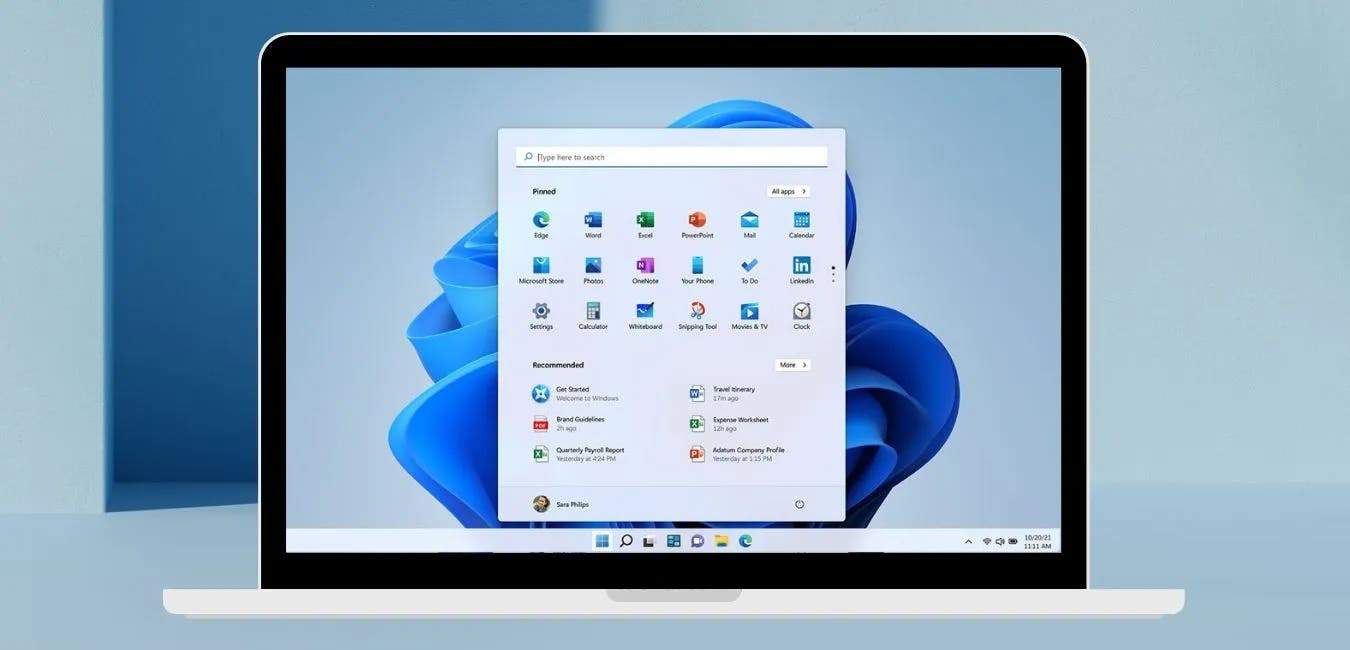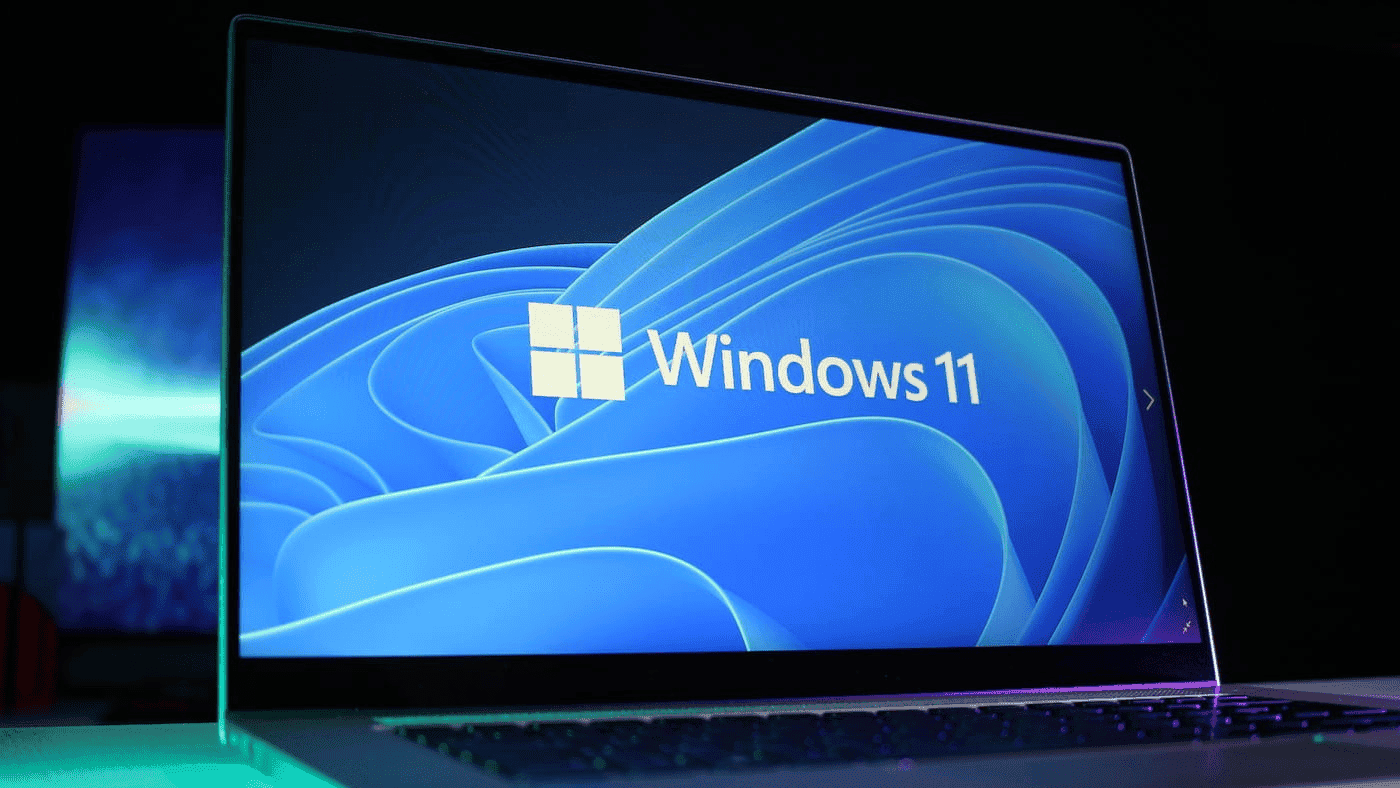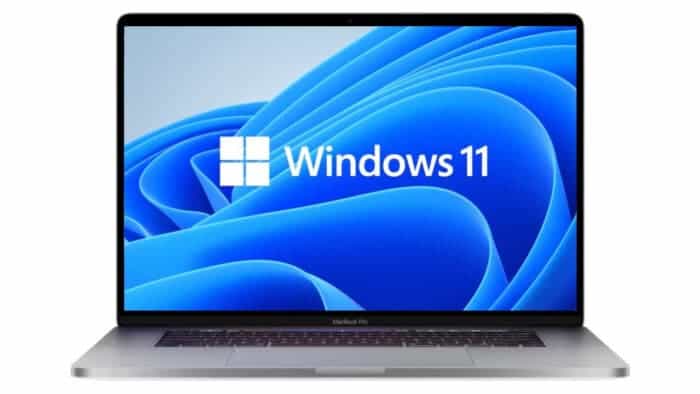Till now, the best way to run Windows 11 on Apple Silicon Macs has been to use virtualization apps. That includes the Parallels or Vmware Fusion. But the thing is, the Arm version of Windows that runs on Apple Silicon Macbooks has not technically been allowed to run these systems.
Instead, the Arm version is specifically for the Arm PCs that come with the OS installed. The restriction basically comes from the licensing of Microsoft. But it has not stopped people from running the Windows 11 Arm on other hardware. However, legal liability has limited IT managers from doing so.
Well, Microsoft has finally blessed Parallels. It is now an official way to run the Enterprise and Professional Windows 11 versions on Apple Silicon MacBooks.
Windows 11 on M1 and M2 Macs: What About the Limitations?
You will face some limitations when running Windows 11 under Parallels. For example, there’s no support for DirectX 12 or any latest OpenGL versions. Also, you will not find support for Android and Linux subsystems. And most importantly, there are some security features missing.

But the good news is that you can do pretty much everything with Parallels on M1 and M2 Macs. That includes running the Arm-native Windows Apps, 32-bit apps, and 64-bit x86 apps. All of these came to be for the x86 to Arm code translation feature of Windows 11.
Basically, pretty much anything that is not a game will run smoothly. And given the speed of the M1 and M2 chip, you should not even have to worry about performance issues that much.

Still, there can be some weird corner cases for some specific apps. Also, you will find trouble with hardware that requires specific drivers to work in Windows 11. They might not have the support for the Arm version.





